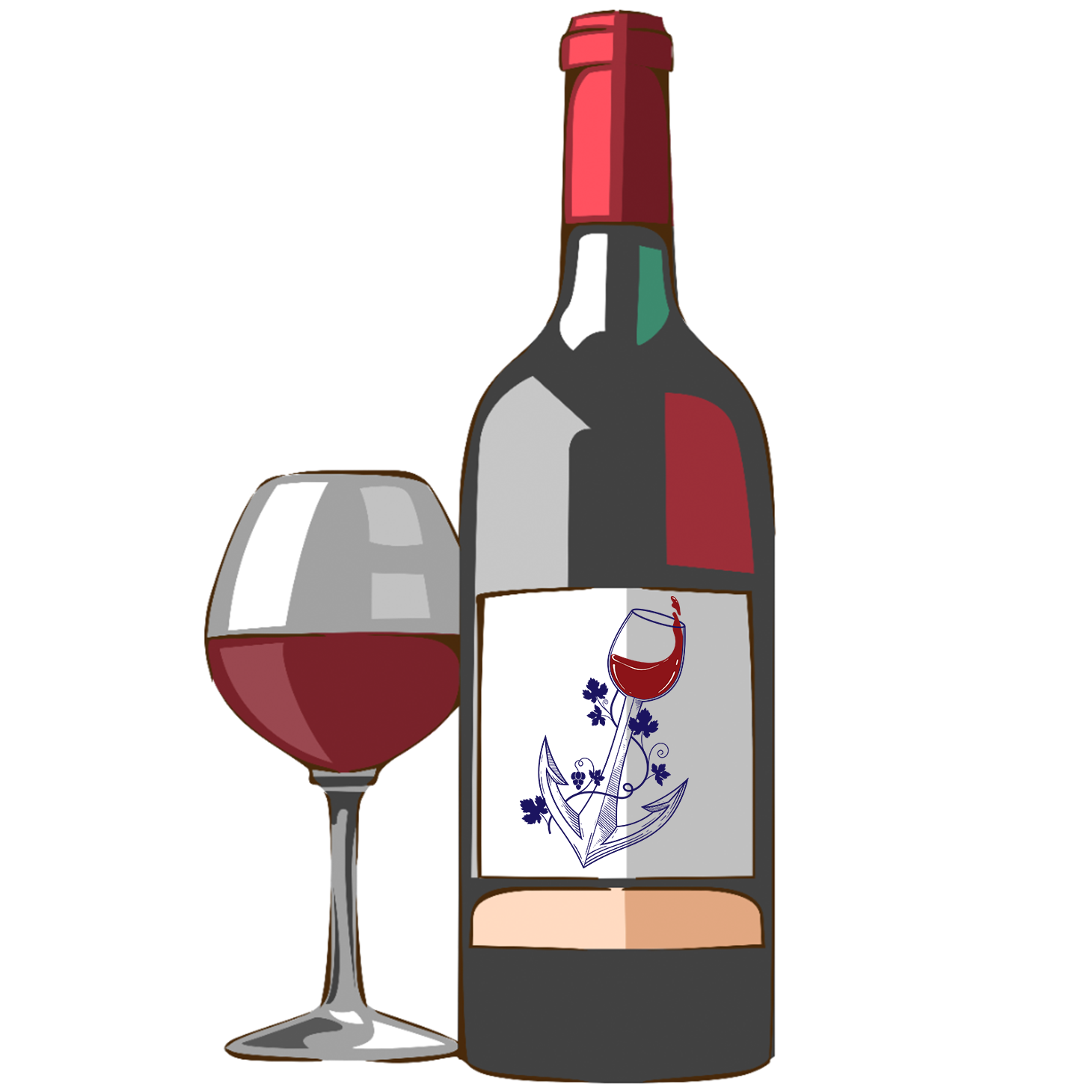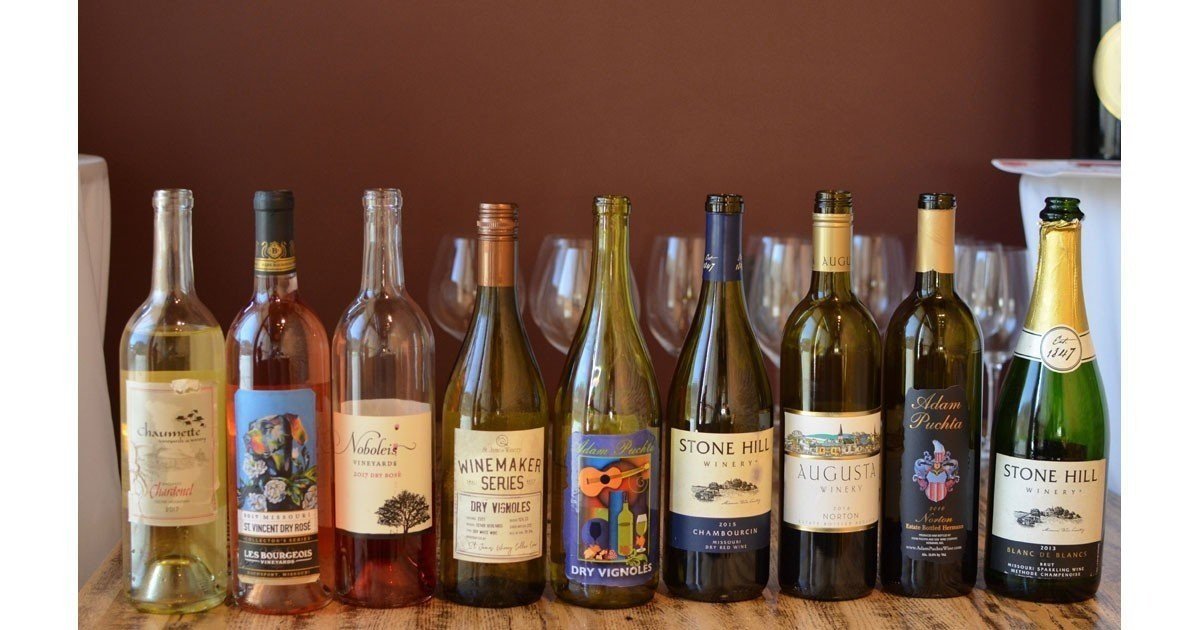A grape escape: Exploring the wine trails of Missouri and Arkansas
Wine is more than just a beverage. It is a product of culture, history, and nature. It is also a source of economic activity, tourism, and innovation. While we commonly think of California, Oregon, or Washington as wine destinations, there are quite a few states in the US that contribute to a very large market, and having family in the mid-west has given me an opportunity to travel and explore some lesser-known areas. In this article, I explore the wine industry in Missouri and Arkansas, two states that have a rich and varied wine heritage.
Missouri: A Pioneer of American Wine
Missouri has a long and proud tradition of wine making, dating back to the early 19th century. The state was home to some of the first commercial vineyards and wineries in the country and became a leader in grape research and education. Missouri also played a key role in saving the European wine industry from the phylloxera epidemic in the late 1800s, by providing resistant rootstocks from native American grapes.
Today, Missouri has over 130 wineries and 1,700 acres of vineyards, producing more than 1.25 million gallons of wine annually. The state grows a variety of grapes, both native and hybrid, such as Norton, Chambourcin, Vignoles, Seyval Blanc, and Catawba. Missouri wines are known for their distinctive flavors and aromas, reflecting the diverse terroir of the state.
The wine industry in Missouri generates close to $4.20 billion in total economic activity, supporting more than 28,000 jobs and contributing $527 million in taxes. The industry also attracts tourists from near and far, who visit the scenic wine regions of Augusta, Hermann, Ste. Genevieve, and others. Missouri's "wine country" regions generate 695,100 tourist visits and $235.89 million in annual tourism expenditures.
Arkansas: A Resilient and Innovative Wine Region
Arkansas has a history of wine making that goes back to the early settlers and immigrants who brought their grape vines and wine making skills with them. The state's wine industry flourished in the late 19th and early 20th centuries, especially in the Arkansas River Valley, where German and Swiss families established several wineries.
Prohibition dealt a severe blow to the Arkansas wine industry, forcing many wineries to close or switch to other products. However, some wineries survived by making sacramental wine or grape juice and resumed their operations after Prohibition ended in 1933. The industry then went through a renaissance that lasted for about 30 years, producing popular labels such as Lone Wolf, Big Bear, Eight Ball, and Dixie Dew.
The Arkansas wine industry faced new challenges in the second half of the 20th century, such as competition from other states and countries, changing consumer preferences, and regulatory hurdles. Despite these difficulties, the industry has shown resilience and innovation, adapting to new market trends and technologies. Today, Arkansas has about 15 wineries and 200 acres of vineyards, producing around 150,000 gallons of wine annually. The state grows both native and hybrid grapes, such as Muscadine, Cynthiana, Chardonnay, Cabernet Sauvignon, and Riesling. Arkansas wines are diverse in style and quality, ranging from sweet to dry, from fruity to oaky.
The wine industry in Arkansas generates about $173 million in total economic activity, supporting more than 1,500 jobs and contributing $39 million in taxes. The industry also draws visitors to the historic and charming wineries of Altus, Wiederkehr Village, Paris, and others.
While not on top of most lists for getaway weekends, it is still fun to explore these “off the beaten path” wineries and tours, especially in locations that are so historic and crucial to the story of American wine making. Next time you’re in the “Natural” or “Show Me” states, take a detour and check out some vino that may surprise you and pay homage to the places that saved wine as we know it!


